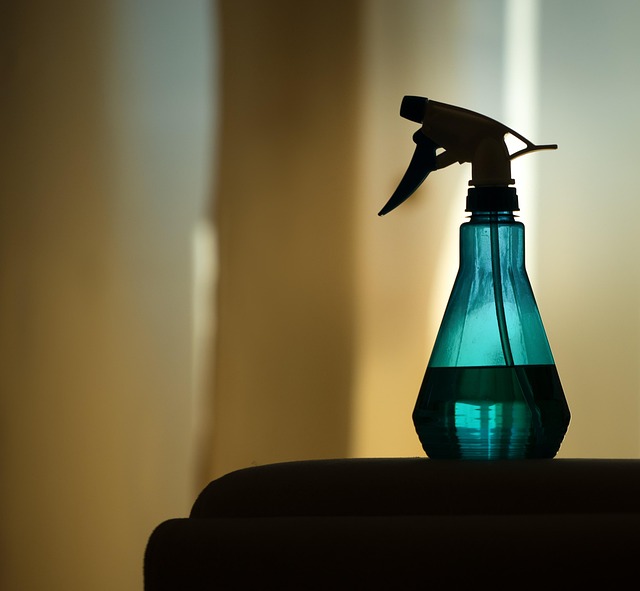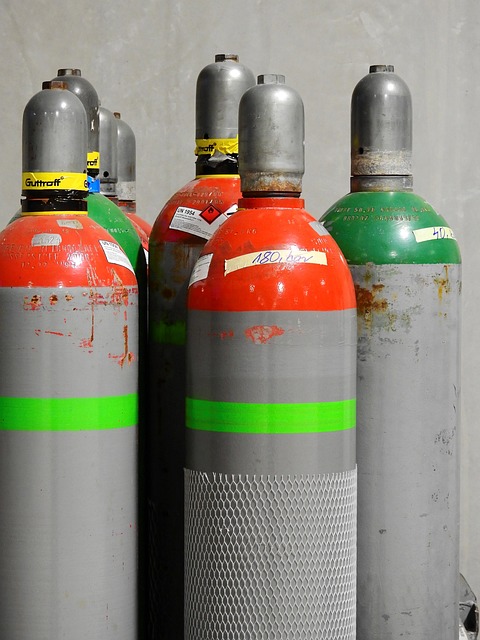Low water pressure in homes is often caused by municipal system issues like old pipes or valve problems, affecting water flow. Residents should watch for signs such as reduced flow rates and discolored water, contacting their local water utility for updates. Checking water pressure at home involves observing faucet flow and comparing meter readings to the recommended range (40-60 PSI). Persistent low pressure requires immediate communication with the water authority for diagnosis and resolution, ensuring a reliable water supply.
Are you experiencing a dip in your home’s water pressure? It could be due to municipal water works, with various causes ranging from main line repairs to fire hydrant flushing. Understanding these impacts and how to identify them is crucial for maintaining optimal water pressure. This article guides you through recognizing signs of low water pressure, checking it at home, and effectively communicating water issues to your local water authority.
- Understanding Low Water Pressure: Causes and Common Issues
- Identifying Signs of Municipal Water Work in Your Area
- How to Check for Low Water Pressure at Home
- When to Contact Your Local Water Authority
- Effective Communication: Reporting Water Issues to the Right People
Understanding Low Water Pressure: Causes and Common Issues

Low water pressure is a common issue that can disrupt your daily routines and cause frustration. It’s important to understand the potential causes behind this problem, especially when checking for municipal water work impacts. In many cases, low water pressure results from issues within the distribution system, such as old or corroded pipes, valve problems, or reduced water flow due to maintenance or construction. These factors can limit the water supply, leading to lower pressure at individual homes or across a whole neighborhood.
Other common issues contributing to low water pressure include faulty pressure regulators, leaks in the plumbing system, or even incorrect settings on water meters. Identifying the specific cause requires careful observation and potentially professional assessment. Keep an eye out for signs like reduced water flow from faucets or showers, difficulty flushing toilets, or inconsistent pressure levels at different fixtures. Addressing these issues promptly can prevent further complications and ensure a steady, adequate water supply in your home.
Identifying Signs of Municipal Water Work in Your Area

Identifying signs of municipal water work in your area is crucial, especially if you’ve noticed a sudden drop in water pressure. Keep an eye out for noticeable decreases in water flow, which could indicate that local water main repairs or replacements are underway. These projects often require temporary disruptions to ensure the long-term reliability and safety of the water supply system.
Additionally, look for unusual noises coming from pipes, such as banging or gurgling sounds. These could be signs of water main breaks or pressure fluctuations caused by construction activities. Residents may also experience discolored water or temporary loss of service during these periods. If you notice any of these symptoms, it’s a good idea to check with your local water utility for updates and estimated completion times.
How to Check for Low Water Pressure at Home

Checking for low water pressure at home is a straightforward process that can help you identify potential issues within your plumbing system. Start by observing the flow rate in each faucet and shower head in your house. If you notice that water comes out slowly or with reduced force, it could indicate low water pressure.
Next, check the pressure gauge on your water meter, typically located near a main shut-off valve. This will give you an actual reading of the water pressure in your home. Compare these readings to the recommended pressure level, which is usually between 40-60 PSI (pounds per square inch). If the pressure falls outside this range, it’s likely that the issue lies with either the municipal water supply or your home’s plumbing.
When to Contact Your Local Water Authority

If you’ve been experiencing consistent issues with your home’s water pressure, it’s time to reach out to your local water authority. While occasional fluctuations are normal, sustained low water pressure could indicate a problem within the municipal water system or your plumbing. Contacting the relevant authorities is crucial when these issues persist for more than a few days, as it allows them to investigate and identify any potential disruptions in water distribution.
When reaching out, be prepared to provide detailed information about the problem, including the duration of low pressure, specific areas affected within your home, and any unusual noises or odors noticed. This data will assist the water authority in pinpointing the issue more efficiently, whether it’s a main line repair, a local valve adjustment, or a problem within your plumbing that requires further inspection.
Effective Communication: Reporting Water Issues to the Right People

Effective communication is key when it comes to addressing water-related issues in your municipality. If you’re experiencing low water pressure or any other unusual problems, the first step is to reach out to the appropriate authorities. Contacting your local water utility company or municipal department responsible for water infrastructure is crucial. These entities are equipped with the necessary resources and expertise to investigate and resolve water-related concerns.
When reporting an issue, provide clear and detailed information about the problem, including when it started, its severity, and any potential patterns. Mentioning specific locations and describing any unusual sights or smells can also be helpful. Ensure you keep a record of your communication, such as noting down dates, times, and names of people you’ve spoken to, for future reference and to ensure prompt action.
